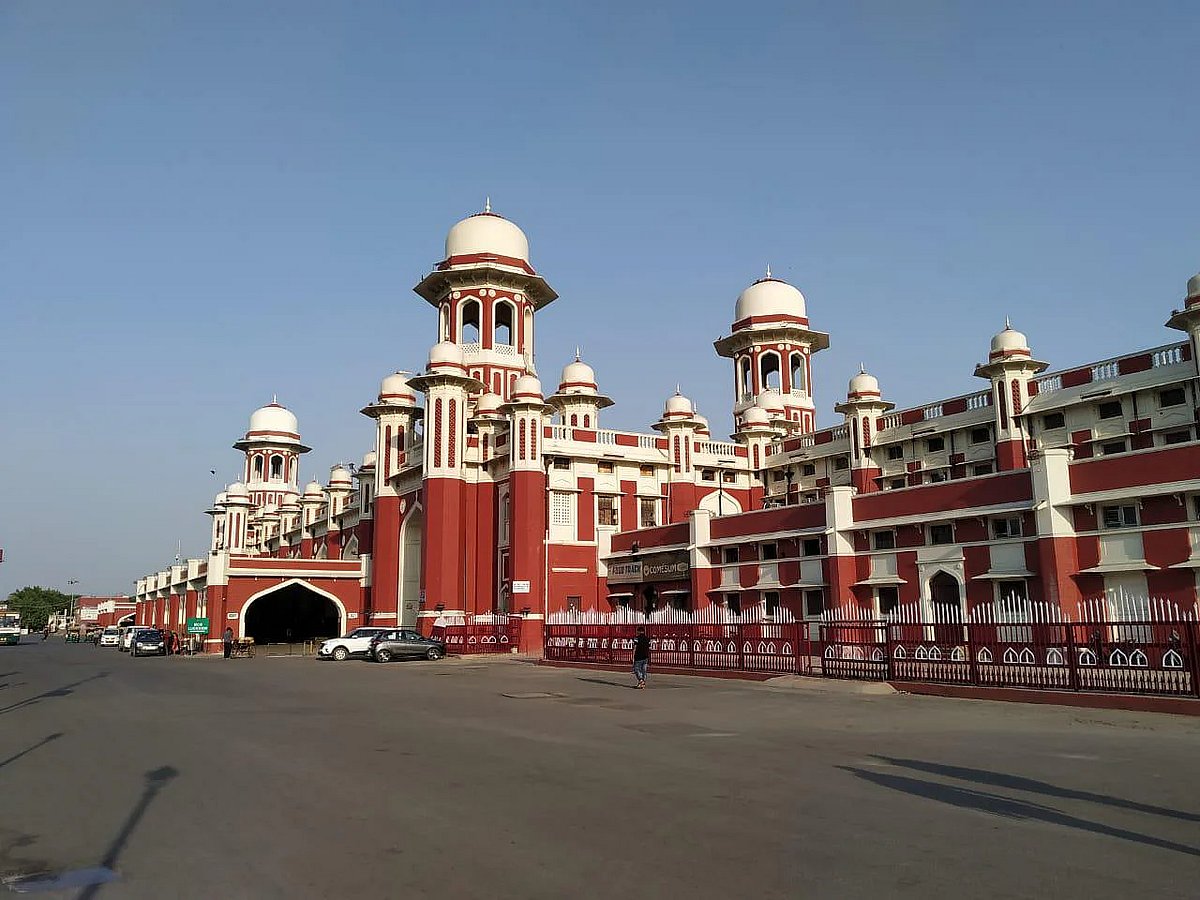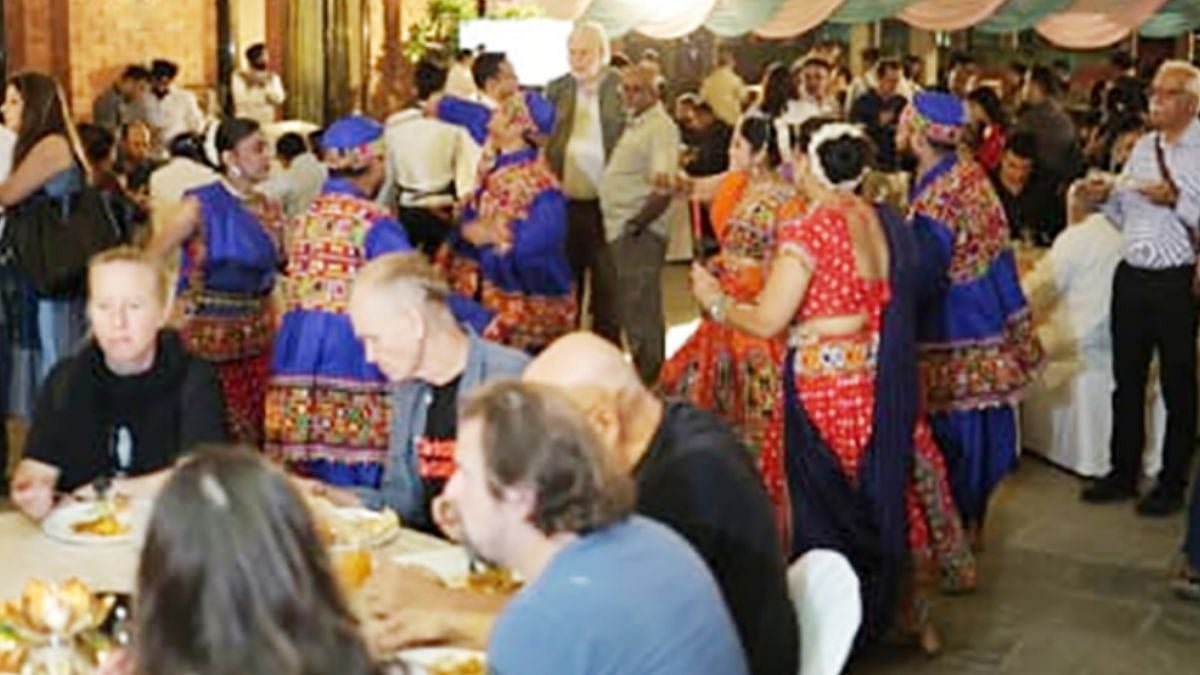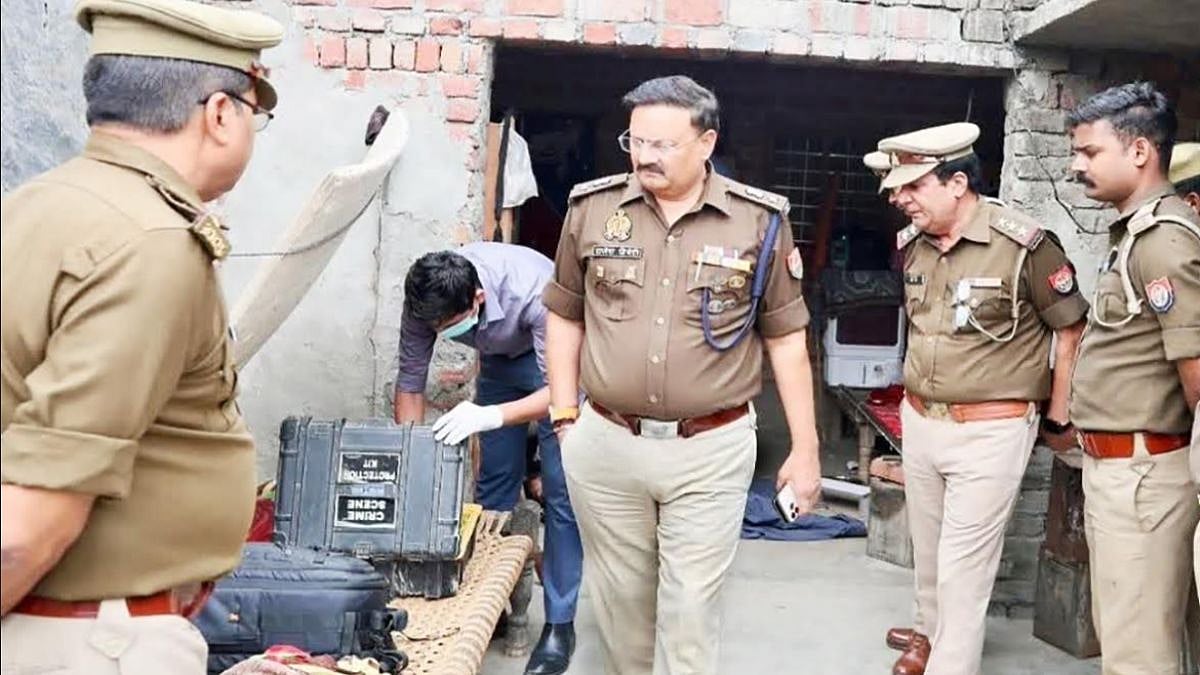Lucknow has been a marker of sorts in my life. I was born here in June 1979 and at six months whisked back to Bhutan after my mother finished her long delayed B.Ed. from the university that winter. My parents were both lecturers at Sherubste College in Kanglung in the east of Bhutan.
I have never really lived in Lucknow for long, but since the accident of my birth, it has been 42 years of travelling to Lucknow. My earliest memories are of first-class compartments on the Avadh-Assam, a 48- to 52-hour journey from Gauhati to Lucknow, after two days of travel from Kanglung by road, via Samdrup Jonkhar at the India-Bhutan border. This was an annual trek we made to our mother’s parents’ house for Christmas and New Year’s and then we would head back in February, the same journey in reverse.
Later, when in hostel school in Nainital, we would come to Lucknow and then travel up to the hills and at the yearend travel back to Bhutan via Lucknow. For four years from the eighth to the twelfth grade I didn’t travel to Lucknow — because I was living there!
In 1998 would start the six years at architecture school in Delhi and then, of course, I stayed on in Delhi and would end up travelling to Lucknow for Christmas, parents’ birthdays, and the occasional time when mom would whimsically decide she wanted to see me and I was ordered to arrive.
So, all told, I have had the occasion to travel to and from Lucknow more than I care to remember. And that travel has, but for the rare instance, always been by train.
Lucknow, aside from being celebrated for the famous Tunde kebabs and chikankari, also has some celebrated architecture. And Northern Railway’s Charbagh Station is by far the most recognisable of these iconic buildings. It is beautiful, massive and elegantly proportioned. Its deep red facade with white overhangs, beautiful arched entryways, and tall towers with ‘chhatris’ hark back to an era of grandness, effortless sophistication and ease that was quintessentially Lukhnavi.
Lucknow is the headquarters of Northern Railway and Charbagh a symbol of its greatness and pride from before Independence. A fitting expression of how the Indian Railways has been — and continues to be — the lifeline of this nation’s growth. The station building, an exquisite example of the Indo-Saracenic style designed by JH Horniman, will be celebrating its centenary in 2023.
To the people of Lucknow Charbagh station is the city’s identity, held close to their hearts much like the Imambara and the Clock Tower, the Cathedral and Hazratganj. It is part of the mental image of Lucknow. Anyone who has even the smallest interest in the city — its food, culture and architecture — will have some image of the majestic station in their mind.
As an architect what sets Charbagh station apart from the many others I have visited was how gracefully it ascended upwards, the ordered and carefully proportioned silhouette that for decades defined Lucknow’s skyline. And as a passenger how it slowly and effortlessly unfolds and almost intuitively guides you from arched portico entrance to the platforms in a series of spaces that felt grand but without the disorientation and chaos of many similarly large stations. I could be over-reading, as a result of my familiarity, but you will agree it is a beautiful edifice, unlike the grotesque, by comparison, New Delhi station or even Delhi Junction.
For people of the city, like my mother and other “dyed-in-the-wool” Lucknow-ites, Charbagh Station has been a symbol of homecoming and belonging, a part of their identity.
This October, I accompanied my mother home on the Shatabdi and got off at the Chhoti line station to be treated to a scene of utter chaos. I hadn’t paid much attention to the degeneration of the city over the last many years, but it came crashing home to me that morning. On my right was Charbagh Station, on my left the most ugly, ill-designed and massive metro station I have had the pleasure of laying eyes on! It is located in a way that completely obstructs the earlier entry-exit loop of the station and gardens / parking that separate it from the thoroughfare. The pedestrian overbridges, entry and exit ways of the metro station and the overhead carriageway overshadow and dwarf the railway station. Not to mention the complete decimation of the view and skyline that greets you as you exit Charbagh. There is no sense of relief or arrival left any more. You are unceremoniously delivered into the bowels of a city in various stages of regressive development and utter decline.
The metro runs underground till Hussainganj — that is the last station before Charbagh, if coming from the Hazratganj side. My first thought was: if they could tunnel under Shahjahanabad in historic Delhi, they could tunnel under Ashok Marg, the main road the metro aligns with, and keep the tracks underground for one more stop, a distance of about 2km. The tracks literally surface 500m before the entry point into the station area. A day later I did ride the metro route to see if I was overreacting, and to my horror I wasn’t. You literally look down at the Charbagh station from the Metro line! And Charbagh is not some small apology of a railway station like Nizamuddin or Sarai Rohilla. No! It’s an iconic railway station the likes of which there are none in the country.
SO WHY WOULD ANYONE IN THEIR RIGHT MIND DO THAT? WHY?
You have only to drive around Lucknow to find an answer. This is a city that has been ravaged by politics and decades of regime one-upmanship and is now in a state of perpetual, and carefully choreographed, decline. One could argue that there are budgetary considerations, but I would not accept that argument when discussing a city’s identity and memorability. The decision to bring the metro line above ground right in front of the station seems almost spiteful — like a deliberate attempt to damage and show down the city’s heritage in favour of current developments by political parties.
Given the politics of Uttar Pradesh, it is not unthinkable and was possibly part of the decision-making logic. There is a history of sorts to it, played out across the city with all the parks and monuments. This isn’t an isolated condition. We have this elsewhere too, where business and politics and media optics decide the fate of public infrastructure over more important considerations of citizen access, historical continuity and visual unity. There are some high-profile examples in the NCR too!
You can say what is the big deal? You have a metro now, so you should be grateful! But if politicians and administrators — who look at projects as numbers suffixed with crores — stayed out of things and let trained professionals do their jobs, you would have that anyway and a much more beautiful and pleasurable cityscape.
Henri Fanthome, an architect who trained at the SPA, lives and works in Mehrauli, Delhi, and writes about design and urban spaces









